45 understanding fat on nutrition labels
Nutrition Label Breakdown: What You Need to Know - Online Nutrition Planet These labels will require nutrients, calories, ingredients, and more to be listed on all food products. Understanding nutrition labels can be challenging if you are unfamiliar with the items listed. We will break down what is on nutrition labels and the importance of this labeling. To learn more, keep reading! Understanding Food Labels to Make Healthier Choices - Nutrition Meets ... Fat and sodium- To help reduce the risk of heart diseases, select foods that have lower saturated fats and trans fats. Fat-free does not mean calorie-free. Items low in fat may have as many calories as full-fat items, compare the labels for both to check the calorie content. The daily intake of sodium should be less than 2000 mg (approx. 5g of ...
Understanding Nutrition Labels The nutrition label resembles a table and is printed in black and white mostly on the back or the side of the packed product. It is sometimes referred to as a nutritional facts panel. It has four ...
Understanding fat on nutrition labels
How to Read Nutrition Labels: Fat Content, Carbs & What To Look For Nutrition labels are required to include total fat, saturated fat, and trans fat. The total amount of fat in the diet is a percentage of your calorie needs. The recommendation for the typical American diet is around 30%. For someone taking in 2,000 calories, this would mean around 70 grams of total fat per day. How to Read a Nutrition Label? (Things to Consider Explained) You should avoid products with high saturated fat, sugar, and sodium. However, the products rich in potassium, calcium, iron, and dietary are healthy, and you should consume them in moderate quantities. Percent Daily Value: This lists the nutrients with the percentages that you can consume on a particular day. How To Read Food and Beverage Labels - National Institute on Aging Most older adults exceed the recommended limits for saturated fats, sodium, and added sugars. Compare and choose foods to get less than 100% DV of these each day, making sure to adjust for how many calories are in your diet. Additionally, many older adults do not get the recommended amounts of dietary fiber, vitamin D, calcium, and potassium.
Understanding fat on nutrition labels. A Complete Guide to Reading and Understanding Nutrition & Ingredient Labels An ingredient that is present in 2% (or less) by weight isn't subject to the same regulations and instead may be listed at the end or marked with a symbol. While these quantities may be small, even tiny amounts of hidden sugars or other unwanted ingredients can add up if eaten frequently. Watch for numbers that don't add up. Understanding Food Labels | The Nutrition Source ninacheriefranklin.com › healthy-livingInterpreting Total Fat and Types of Fat on Food Labels - Nina ... Feb 14, 2016 · Interpreting Total Fat and Types of Fat on Food Labels. The Nutrition Facts label lays out the “total fat” in addition to the different types of fat contained in foods. Determining the type of fat can help you decide whether or not a food is rich in ‘healthy’ and/or ‘unhealthy’ fats. Trans fats and, in some cases saturated fats, are considered “unhealthy” or “bad” while monounsaturated and polyunsaturated (omega-3) fats are generally healthier alternatives or “good” fats. Using the Nutrition Facts Label: For Older Adults | FDA Dietary fiber is a type of carbohydrate that cannot be easily digested. It can speed up the movement of food and waste through the body increasing the frequency of bowel movements. Diets higher in ...
Understanding Nutrition Fact Labels | Penn Highlands Healthcare The nutrients you want more of include: dietary fiber, vitamin D, calcium, iron, and potassium. Unlike saturated fat, sodium, and sugar, Americans generally do not consume enough of these nutrients. Fiber can decrease constipation, lower blood glucose levels and cholesterol levels, while also reducing your caloric intake. Nutrition Label Spotlight: Fat - Health and wellness 360Care | For ... Understanding Fat on the Label. The first thing to look out for on a nutrition label is the percent daily value (or % Daily Value) of fat. ... In our nutrition label we can also see that fat is split up into three different categories: Total fat, saturated fat, and trans fat. Food manufacturers in Canada are not required to include the amount ... How to Understand and Use the Nutrition Facts Label | FDA Nutrients to get less of: Saturated Fat, Sodium, and Added Sugars. Saturated fat, sodium, and added sugars are nutrients listed on the label that may be associated with adverse health effects - and... Interactive Nutrition Facts Label - Understanding and … Understanding and Using the Nutrition Facts Label Serving Size 1 package (272g) Servings Per Container 1 Amount Per Serving Calories 300 Calories Calories from Fat 45 % Daily …
How to Understand and Use the Nutrition Facts Label 5. Understanding the Footnote on the Bottom of the Nutrition Facts Label (#5 on sample label) Note the * used after the heading "%Daily Value" on the Nutrition Facts label. It refers to the … Understanding Nutrition Labels | 7D VARIETY Saturated fat, sodium, and added sugars are all nutrients listed on the nutrition label. These are harmful to your body in excess amounts. Therefore, it is important to note that not all nutrients listed are beneficial in high numbers. hgic.clemson.edu › factsheet › food-labels-fatFood Labels: Fat & Cholesterol | Home & Garden Information Center The Nutrition Facts label shows you how much fat is in a product, even if the fat is hidden as an ingredient. The serving size and the nutrients listed on this label are consistent, which makes it easy to compare similar products without any calculations. % Daily Values (% DVs) are listed in a column on the “Nutrition Facts” label. By looking at these percentages, you easily can determine whether a food contributes a lot or a little of a particular nutrient to your daily diet. How to Read a Nutrition Facts Label | Everyday Health How to Read a Nutrition Facts Label. First, know that, as the label itself states, the included nutritional info is based on a 2,000-calorie-a-day diet. Your personal nutritional needs may vary ...
Your guide to understanding Nutrition Facts labels | The … 21 hours ago · The list gives you information on 13 core nutrients: fat, saturated fat, trans-fat, cholesterol, carbohydrate, sodium, fibre, sugars, protein, vitamin A, vitamin C, calcium and …
Learn How the Nutrition Facts Label Can Help You Improve Your Health Calories & Fat Larger, darker letters make calories the easiest item to see. When it comes to health outcomes, the type of fat you eat matters more than the overall amount of fat. For this reason, the label shows percentages of calories from unhealthy saturated and trans fats rather than the percentage of calories from all fat. Added Sugars
The Basics of the Nutrition Facts Label A food item with a 5% DV of fat provides 5% of the total fat that a person who needs 2,000 calories a day should eat. You may need more or less than 2,000 calories per day. This means that you may need more or less than 100% DV that is listed on the package for some nutrients. Low is 5% or less.
How to Read Everything on the Nutrition Facts Label If you're eating 1600 calories, that equals about 17 grams of saturated fat per day. If you want to go with the American Heart Association's recommendations, that number will be 8.8 grams for the...
Nutrition Facts: How to Read Nutrition Labels - bodyandsoulau Fats The nutrition label lists total fat, saturated fat, and trans fat. It's the last two you want to focus on. Saturated fat is the kind you'll find in a burger, hot dog, or glass of whole milk....

UNDERSTANDING FOOD LABELS - MAKE THE BEST FOOD DECISIONS | BEAUTY | Reading food labels, Food ...
Understanding Nutrition Labels - LabelCalc Dec 30, 2018 · It’s important to know that percent daily values are not required for all the mandatory nutrients on your nutrition facts label. Below is a list of nutrients that must be …
Food Labels | CDC Apr 23, 2021 · Understanding the Nutrition Facts label on food items can help you make healthier choices. The label breaks down the amount of calories, carbs, fat, fiber, protein, and …
› en › healthy-livingUnderstanding Food Nutrition Labels - Heart Mar 06, 2017 · Learn what to look for on the label. 1 - Start with the serving information at the top.. This will tell you the size of a single serving and the total number... 2 - Next, check total calories per serving and container.. Pay attention to the calories per serving and how many... 3 - Limit certain ...
How to read food labels: MedlinePlus Medical Encyclopedia If a food has less than 0.5 grams of saturated fat in the serving size on the label, the food maker can say it contains no saturated fat. Remember this if you eat more than 1 serving. You should also pay attention to trans fats on any food label. These fats raise "bad" cholesterol and lower your "good" cholesterol.
Health bodies want warning labels on 'unhealthy' food The plea for warning labels comes amid longstanding concerns among health experts that India is experiencing rising cardiovascular disease, diabetes and other non-communicable diseases driven by unhealthy diets. Non-communicable diseases account for around 5.8 million of India's 9 million annual deaths. The Indian Academy of Paediatrics ...
Understanding Nutrition Facts Food Labels - VEBA Resource Center All of the nutrition information on a food label is based on that serving size. So you'll need to adjust the other numbers if you eat more or less. Total carbohydrate. The grams of sugar listed are included in the "Total Carbohydrate." Saturated fat and trans fat. The lower the number of grams you eat, the better. Protein.
How To Read Food and Beverage Labels - National Institute on Aging Most older adults exceed the recommended limits for saturated fats, sodium, and added sugars. Compare and choose foods to get less than 100% DV of these each day, making sure to adjust for how many calories are in your diet. Additionally, many older adults do not get the recommended amounts of dietary fiber, vitamin D, calcium, and potassium.
How to Read a Nutrition Label? (Things to Consider Explained) You should avoid products with high saturated fat, sugar, and sodium. However, the products rich in potassium, calcium, iron, and dietary are healthy, and you should consume them in moderate quantities. Percent Daily Value: This lists the nutrients with the percentages that you can consume on a particular day.
Week 5. Nutrition Facts Labels and Conventional Dietary Structure: Perceptions and Ignorance ...
How to Read Nutrition Labels: Fat Content, Carbs & What To Look For Nutrition labels are required to include total fat, saturated fat, and trans fat. The total amount of fat in the diet is a percentage of your calorie needs. The recommendation for the typical American diet is around 30%. For someone taking in 2,000 calories, this would mean around 70 grams of total fat per day.

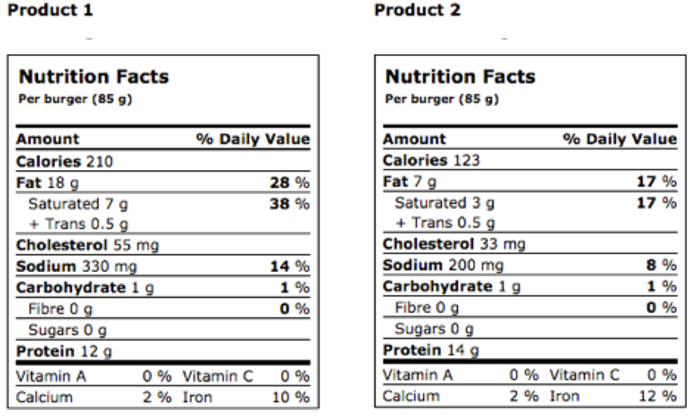
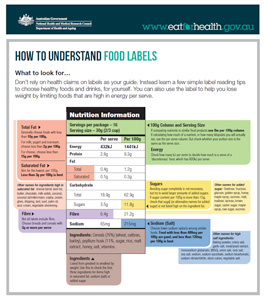



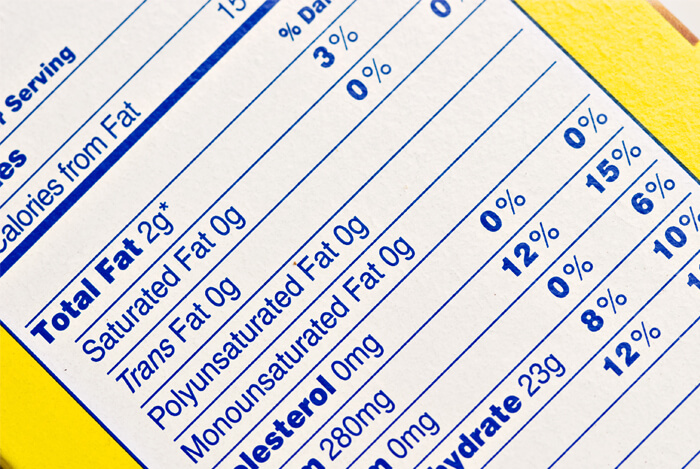

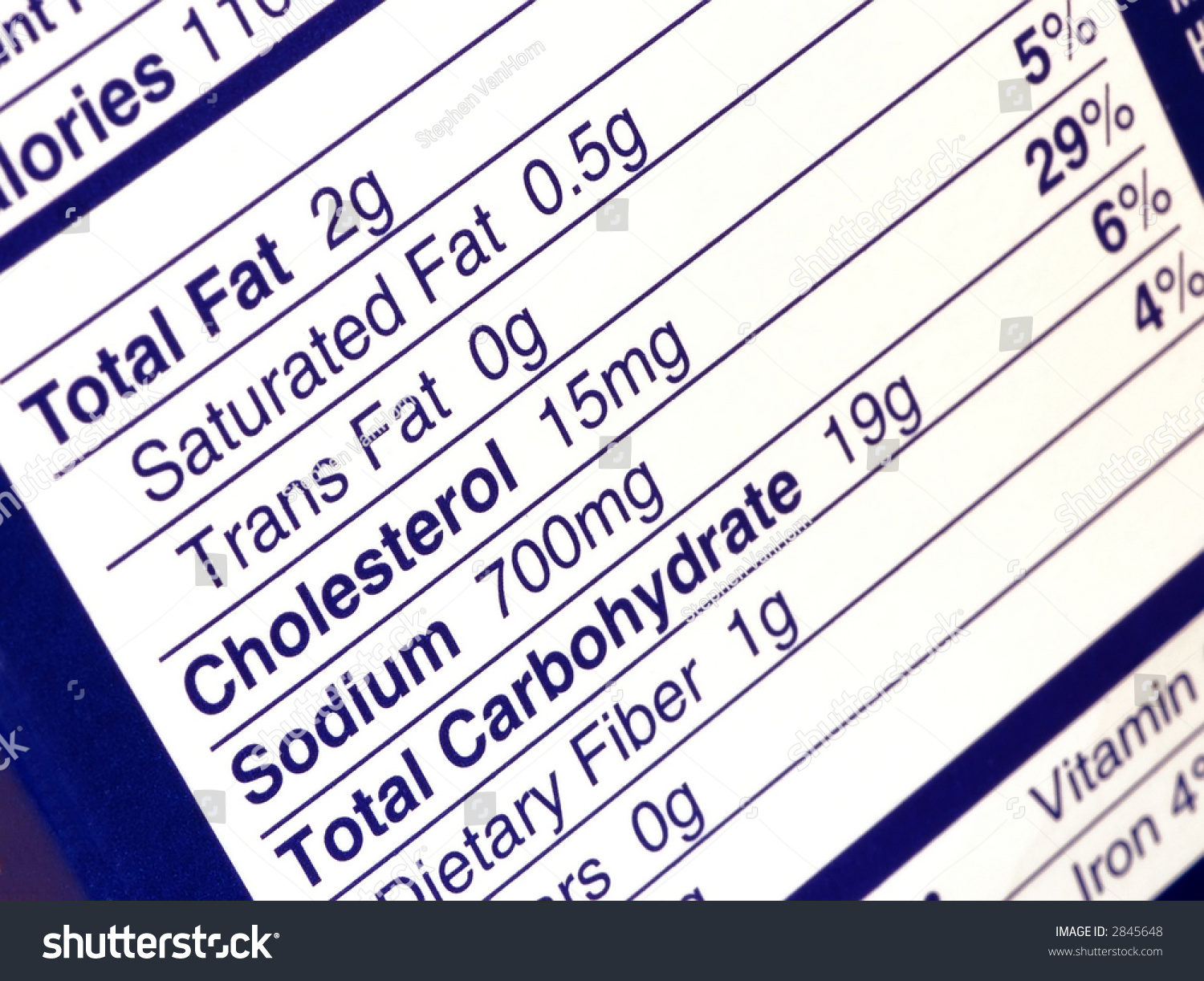

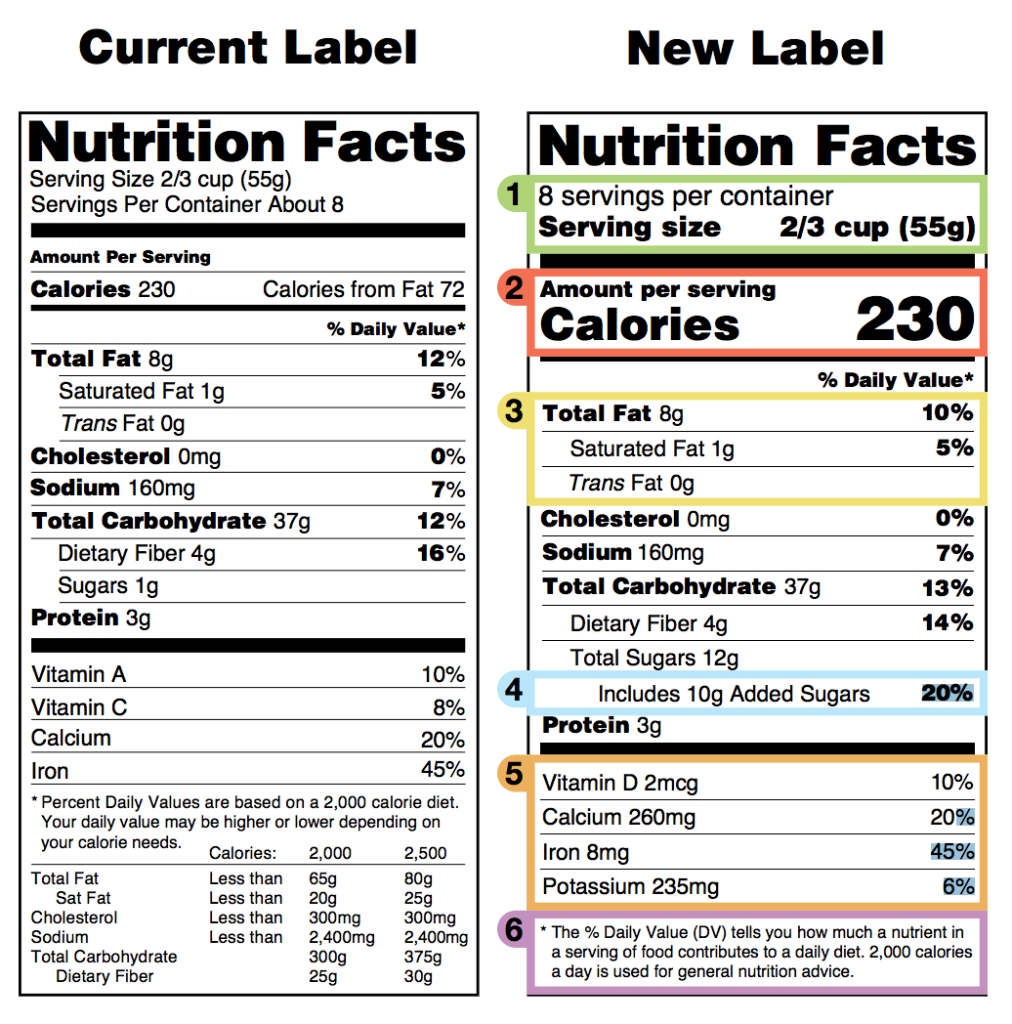

Post a Comment for "45 understanding fat on nutrition labels"